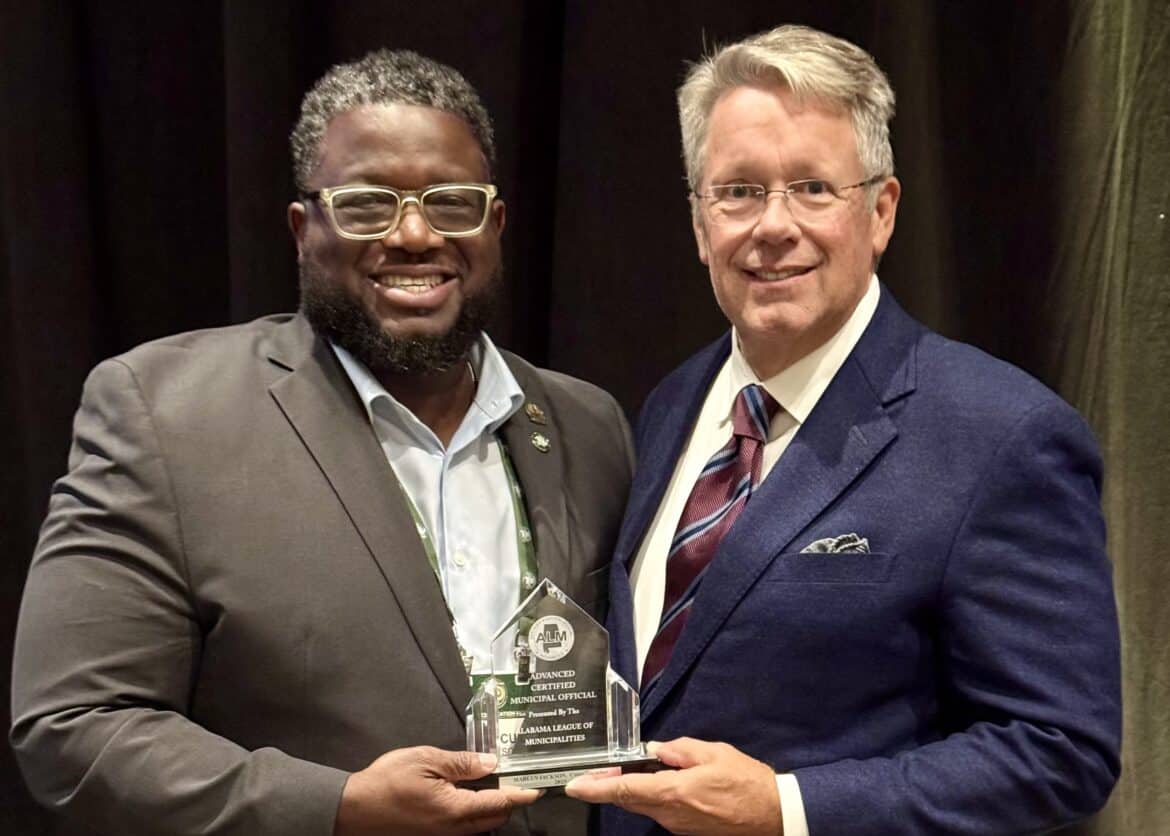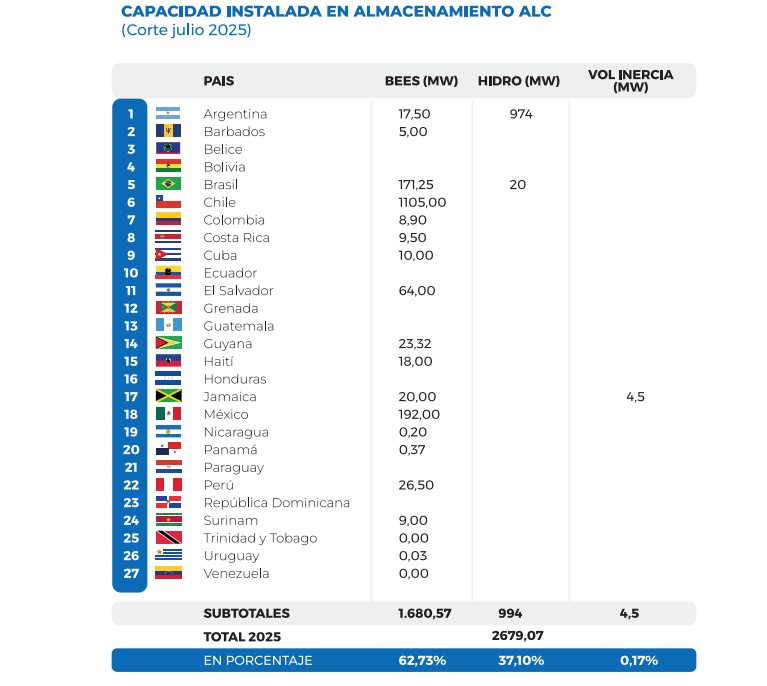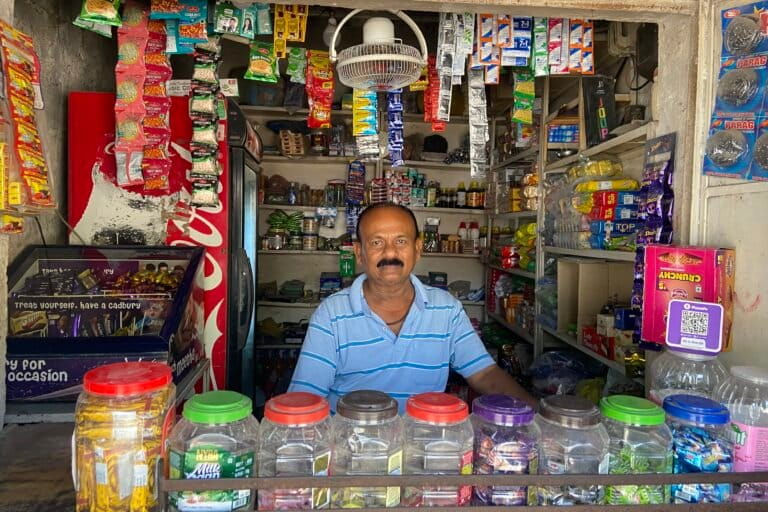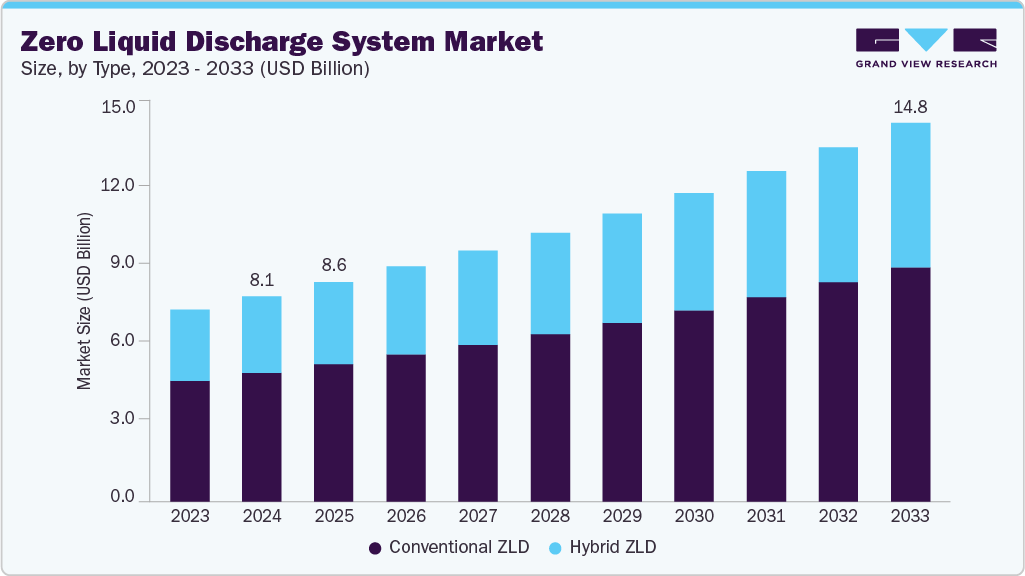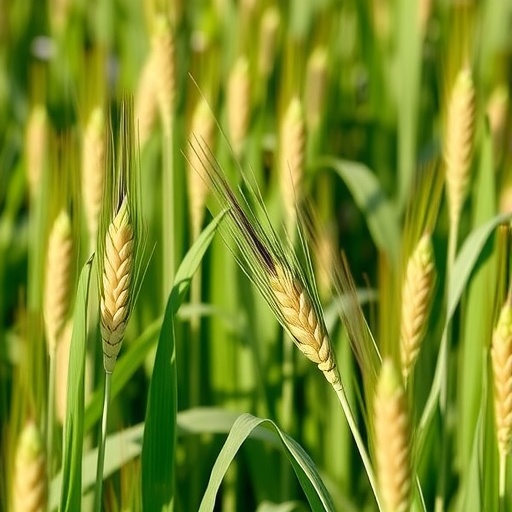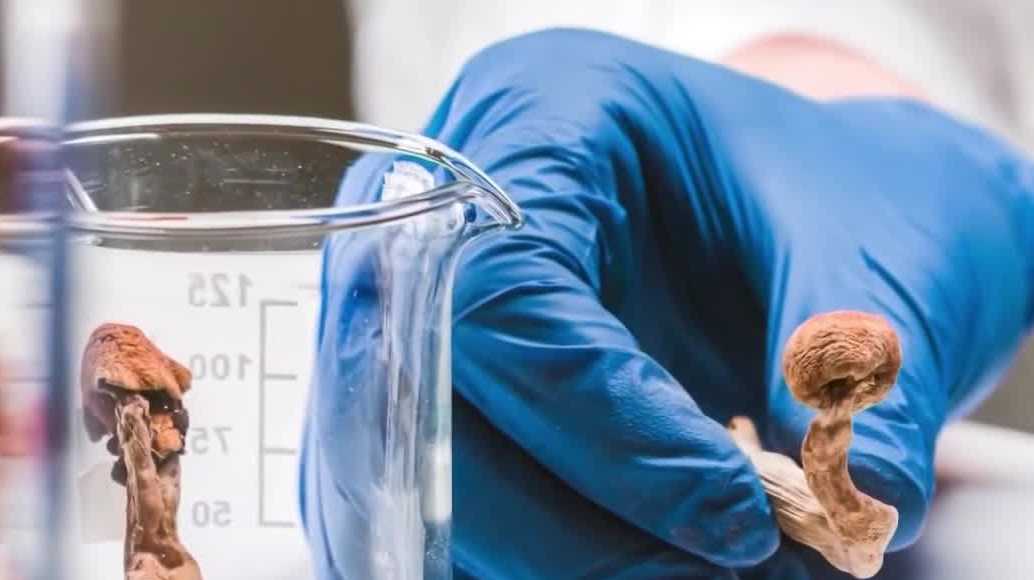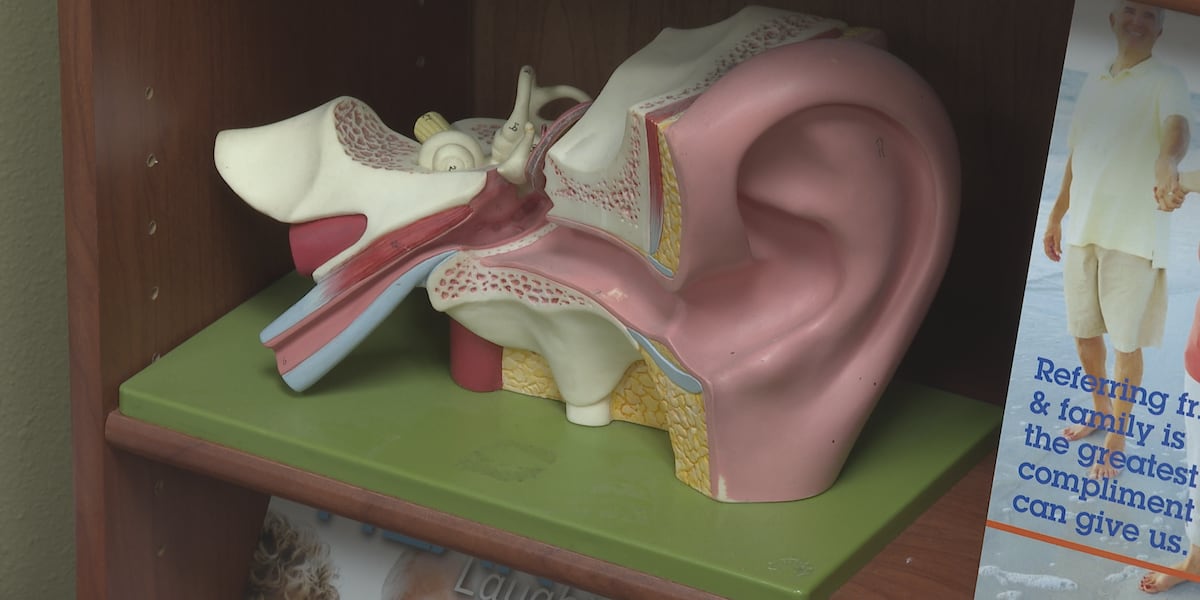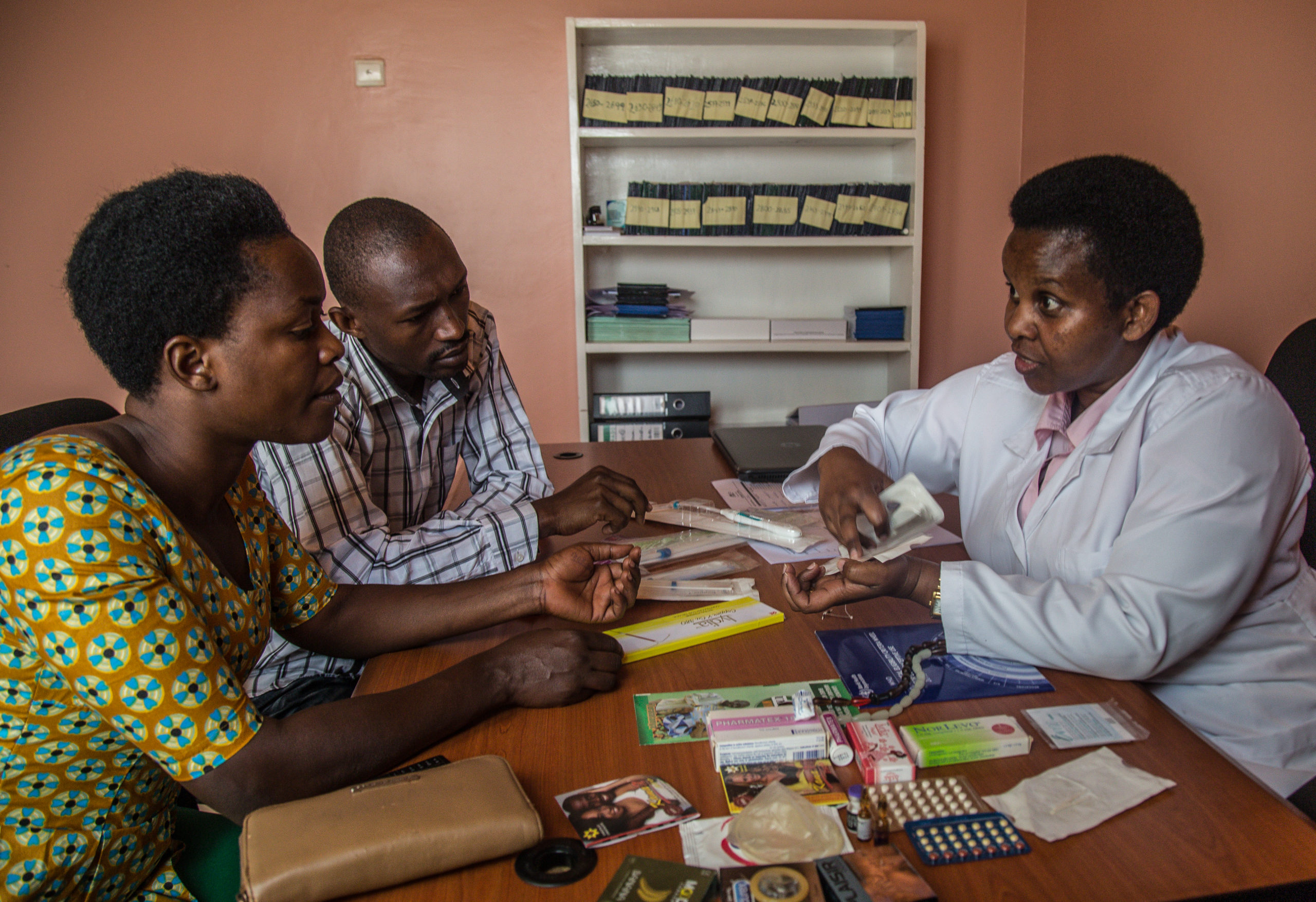New Study Challenges Long-Held Beliefs About Menhaden and the Gulf Food Web – NOLA.com

Report on Gulf of Mexico Predator Diets and Implications for Sustainable Development
Introduction: Aligning Fisheries Research with Sustainable Development Goals
A comprehensive study by the University of Southern Mississippi provides critical new data on the dietary habits of key predator fish in the Gulf of Mexico. This research directly addresses fundamental questions about marine ecosystems, offering insights that are essential for achieving Sustainable Development Goal 14 (Life Below Water). Understanding the complex food web, including the roles of species like red drum, southern flounder, and spotted seatrout, is paramount for developing management strategies that ensure the long-term health of the marine environment and the viability of the economies that depend on it, aligning with SDG 8 (Decent Work and Economic Growth).
Research Framework and Collaborative Innovation
A Partnership for the Goals (SDG 17)
This research exemplifies a successful partnership model as outlined in SDG 17 (Partnerships for the Goals). The project was funded by the Science Center for Marine Fisheries (SCEMFIS), an initiative under the National Science Foundation’s Industry–University Cooperative Research Center program. This collaboration brings together academic researchers and industry stakeholders to address critical uncertainties in fish stock assessments, fostering a shared commitment to sustainable resource management.
Innovative Methodologies (SDG 9)
In a significant advancement for marine science, aligning with the principles of SDG 9 (Industry, Innovation, and Infrastructure), the study employed a dual-method approach to achieve a comprehensive understanding of predator diets. The research, led by Dr. Robert Leaf and Dr. Kevin Dillon, integrated two distinct analytical techniques:
- Stomach Content Analysis: Examination of a historical database of field samples to identify short-term dietary intake.
- Stable Isotope Analysis: A modern chemical analysis of predator tissues to reveal longer-term dietary patterns and trophic positions. This marks the first application of this technique in a study involving Gulf menhaden.
Key Findings: Re-evaluating Marine Food Webs for SDG 14 (Life Below Water)
The study’s findings challenge previous assumptions about the Gulf’s food web, providing a more nuanced understanding essential for the effective conservation and sustainable use of marine resources as mandated by SDG 14.
The Role of Gulf Menhaden
A primary finding is that Gulf menhaden, long considered a keystone prey species, do not constitute the primary food source for the predator species examined. While menhaden are present in predator diets, their importance has been overestimated. Dr. Leaf noted, “what we find is that Gulf menhaden are a prey item—certainly, they play a role—but not to the extent of other prey items, which are… more important.”
Dietary Diversity and Ecosystem Resilience
The research reveals that Gulf predators are highly opportunistic feeders with incredibly varied diets that shift based on season, location, and prey availability. This dietary diversity underscores the complexity and resilience of the marine food web. Key prey items identified include:
- Crabs
- Shrimp
- Anchovies
- Atlantic croaker
This evidence suggests that the ecosystem is not dependent on a single prey species, a critical insight for developing robust management policies.
Implications for Sustainable Policy and Economic Growth
Supporting SDG 8 (Decent Work and Economic Growth)
The Gulf menhaden fishery is a vital economic driver, supporting jobs in coastal communities and supplying essential ingredients for aquaculture and nutritional products. By providing a more accurate scientific understanding of the menhaden’s role in the ecosystem, this study supports management policies that protect both the fishery and the livelihoods dependent on it, contributing directly to the objectives of SDG 8.
Advancing Evidence-Based Governance (SDG 16)
This research reinforces the importance of grounding policy in empirical data rather than assumption, a core principle for building effective and accountable institutions under SDG 16 (Peace, Justice and Strong Institutions). The findings counter arguments for harvest restrictions based on the unproven assumption that sportfish rely primarily on menhaden. This study, along with recent research on bycatch, provides a strong scientific foundation for smarter regulations that benefit conservation efforts and coastal communities alike. As stated by a Menhaden Fisheries Coalition spokesperson, “sound fisheries management must be grounded in science, not assumptions.”
Analysis of Sustainable Development Goals in the Article
1. Which SDGs are addressed or connected to the issues highlighted in the article?
The article on the Gulf predator fish diet study addresses several Sustainable Development Goals by focusing on the intersection of marine ecosystems, economic stability, scientific innovation, and collaborative partnerships.
- SDG 14: Life Below Water: This is the most prominent SDG in the article. The entire piece revolves around understanding marine food webs (“what exactly do predator fish eat?”), managing fish stocks sustainably (“sustainable management,” “healthier fish populations”), and using science to inform policies that protect the marine ecosystem of the Gulf.
- SDG 8: Decent Work and Economic Growth: The article connects the health of the marine ecosystem directly to economic outcomes. It mentions the importance of the “recreational fishing economy” and how the Gulf menhaden fishery supports “hundreds of jobs in coastal communities.” The goal of achieving “stronger coastal economies” through science-based management is a central theme.
- SDG 9: Industry, Innovation and Infrastructure: The article highlights the role of scientific research and technological innovation in achieving sustainability. It details the “innovative methods” used in the study, such as “stable isotope analysis,” and emphasizes the importance of a “Science Center for Marine Fisheries (SCEMFIS)” that functions as an “academic-industry research initiative” to advance scientific understanding.
- SDG 17: Partnerships for the Goals: The article explicitly describes a multi-stakeholder partnership as the foundation for the research. The study was a collaborative effort involving academia (University of Southern Mississippi), industry (Louisiana Commercial Fisheries Coalition, Menhaden Fisheries Coalition), and a public science body (National Science Foundation), demonstrating a partnership model to achieve sustainable development objectives.
2. What specific targets under those SDGs can be identified based on the article’s content?
Based on the issues discussed, several specific SDG targets can be identified:
- Target 14.4: “By 2020, effectively regulate harvesting and end overfishing… and implement science-based management plans, in order to restore fish stocks…” The article directly supports this target by advocating for fisheries management to be “grounded in science, not assumptions.” The study’s purpose is to provide “strong new data to guide fisheries policy” and develop “tools for sustainable management.”
- Target 14.2: “By 2020, sustainably manage and protect marine and coastal ecosystems to avoid significant adverse impacts…” The research into the “incredibly varied and opportunistic” diets of predator fish contributes to a more comprehensive understanding of the Gulf’s food web. This knowledge is crucial for managing the ecosystem to protect its complexity and resilience, as mentioned in the article.
- Target 14.a: “Increase scientific knowledge, develop research capacity and transfer marine technology…” The article is a case study for this target. It describes a “new study,” the application of a “modern technique” (stable isotope analysis) for the first time in this context, and the dissemination of findings through a “YouTube video,” all of which serve to increase and share scientific knowledge about the marine environment.
- Target 8.2: “Achieve higher levels of economic productivity through diversification, technological upgrading and innovation…” The article argues that applying the “best science available” and “modern research” leads to “smarter regulations” and “stronger coastal economies,” linking innovation directly to economic productivity and stability in the fishing sector.
- Target 9.5: “Enhance scientific research, upgrade the technological capabilities of industrial sectors… encouraging innovation…” The article showcases this target through the SCEMFIS partnership, which “aims to reduce uncertainty in fish stock assessments” by bringing “top researchers and industry partners” together to apply innovative scientific methods.
- Target 17.17: “Encourage and promote effective public, public-private and civil society partnerships…” The entire research project described is an example of this target in action. It is an “academic-industry research initiative” funded by the National Science Foundation and supported by a “collective of menhaden fishermen, related businesses, and supporting industries,” representing a successful public-private partnership.
3. Are there any indicators mentioned or implied in the article that can be used to measure progress towards the identified targets?
The article mentions or implies several indicators that can be used to measure progress:
- Proportion of fish stocks within biologically sustainable levels (Indicator 14.4.1): While not providing a specific number, the article’s goal of achieving “healthier fish populations” and implementing “sustainable management” directly points to this indicator. The study itself is a tool to help ensure fish stocks are managed sustainably.
- Application of science-based management plans: The article’s central argument is that policy should be “grounded in science.” The development and use of the diet study to “guide policy” and create “smarter regulations” serves as a qualitative indicator of progress.
- Investment in and application of scientific research: The article provides concrete examples that serve as indicators, such as the funding of the study by the National Science Foundation, the use of “stable isotope analysis,” and the creation of a large database from “past field samples.”
- Number of jobs in coastal communities: The article explicitly states that the menhaden fishery supports “hundreds of jobs in coastal communities,” using employment as a direct indicator of the fishery’s economic importance.
- Existence of multi-stakeholder partnerships: The article names the specific partnership—the “Science Center for Marine Fisheries (SCEMFIS)”—as an “academic-industry research initiative.” The existence and successful operation of such a center is a clear indicator of progress towards Target 17.17.
- Diversity of prey in predator diets: The study’s finding that predator diets are “incredibly varied and opportunistic” is presented as an indicator of ecosystem complexity and resilience, challenging the assumption of dependence on a single prey species. This diversity can be measured and monitored as an indicator of food web health.
4. Table of SDGs, Targets, and Indicators
| SDGs | Targets | Indicators Identified in the Article |
|---|---|---|
| SDG 14: Life Below Water |
14.4: Regulate harvesting and implement science-based management plans.
14.2: Sustainably manage and protect marine and coastal ecosystems. 14.a: Increase scientific knowledge and research capacity. |
– Implementation of management and regulations based on scientific data rather than assumptions. – Proportion of fish stocks (e.g., menhaden, red drum) managed within sustainable levels. – Measured diversity of prey in predator diets as an indicator of food web complexity and resilience. – The funding and execution of new scientific studies (e.g., the University of Southern Mississippi diet study). – Application of modern research techniques like stable isotope analysis. |
| SDG 8: Decent Work and Economic Growth | 8.2: Achieve higher levels of economic productivity through innovation. |
– Number of jobs supported by the commercial and recreational fishing industries (“hundreds of jobs in coastal communities”). – Strength and stability of “coastal economies” linked to sustainable fisheries management. |
| SDG 9: Industry, Innovation and Infrastructure | 9.5: Enhance scientific research and encourage innovation. |
– Investment in research and development for fisheries science. – The use of innovative and modern scientific methods (“stable isotope analysis”) to inform industrial practices. |
| SDG 17: Partnerships for the Goals | 17.17: Encourage and promote effective public-private and civil society partnerships. |
– The existence and operation of multi-stakeholder partnerships (e.g., SCEMFIS). – Collaboration between academia (University of Southern Mississippi), industry (Menhaden Fisheries Coalition), and public bodies (National Science Foundation). |
Source: nola.com

What is Your Reaction?
 Like
0
Like
0
 Dislike
0
Dislike
0
 Love
0
Love
0
 Funny
0
Funny
0
 Angry
0
Angry
0
 Sad
0
Sad
0
 Wow
0
Wow
0



